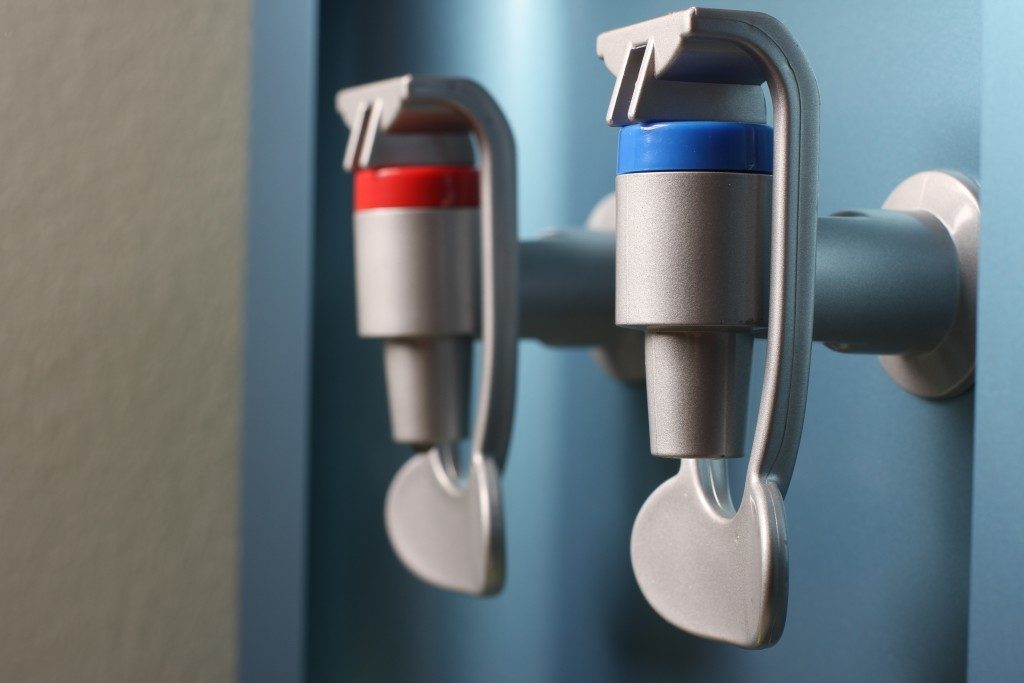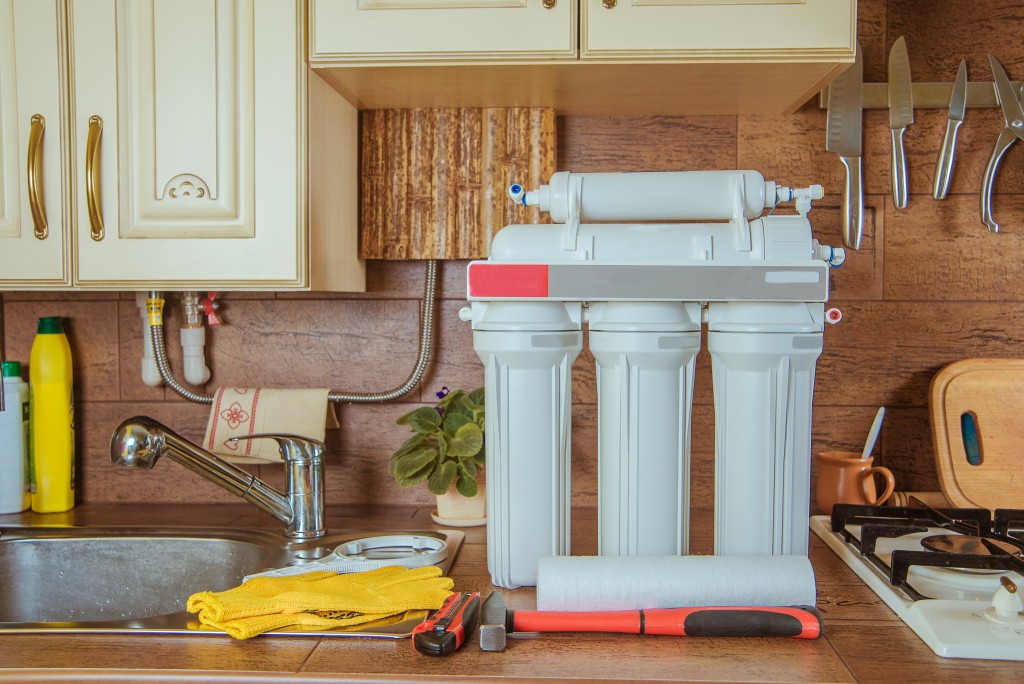Disclaimer: This website provides health information for educational purposes only and is not a substitute for professional medical advice, diagnosis, or treatment. Always seek the guidance of a qualified healthcare provider with any questions you may have.
It is vital to confirm whether the water you drink has been treated or purified before you do. Contaminated water can cause you and your family to develop waterborne diseases including cholera, typhoid, and dysentery. Today, many methods are used to make water drinkable.
Often, purification will include the use of a water softener in Bountiful so that the water will be easy to use, even for other purposes. While drinking hard water once may not be a health hazard, continued consumption can increase your risk of cardiovascular diseases. The most commonly applied methods for purifying water include:
Iodine
Here, an iodine solution or a tablet is used to disinfect water. Water purified using this method, needs up to 30 minutes of undisturbed sitting to be good for use. If it is hot, the time can even be as short as ten minutes. This is because iodine will dissolve faster in hot water.
Chlorine
It is quite common in the industry for water purifiers to use chlorine-based solutions. These methods may include super-chlorination or even the use of chlorine tablets. The thing with these tablets, however, is that they will not eliminate all the micro-organisms that might be in the water. They need to be used alongside fine filters. In super-chlorination, the high doses can work alone, but one needs to neutralize them later using a substance like hydrogen peroxide.
Water filters
Water filters have become very popular in the recent decade. Some of these filters are so fine that they can trap micro-organisms, and not just dust and debris. In some cases, they are added to sink faucets to form part of the purification system. In other cases, there is a designated water pitcher that is installed with the filters which run on its own. Whatever the case, filters need regular replacement and need to be used according to the manufacturer’s instructions.

Boiling
This is easily the most cost-effective and easiest method for purifying water on a small scale. It is ideal for killing parasites that may be in the water too. Note that boiled water needs to boil completely and stay that way for a minimum of ten minutes. It needs to stay longer for people boiling water in places over 300 meters above sea level. This is because there, some parasites, such as hepatitis A, take a long time to die.
Distillation
Most of the bottled water sold in the market is typically distilled. Distillation gets rid of parasites and micro-organisms. However, a lot of other organic compounds in the water, and even some impurities like carbon (IV) oxide and silica remain in the water. During the process, water is heated in one tank, and the evaporating water is collected in a different one and then condensed.
There has never been a time in history when purifying drinking water was as important as it is now. Major issues like pollution mess with the water systems so that it is no longer safe to consider drinking directly. To be able to get pure and safe drinking water will become somewhat of a survival skill.




